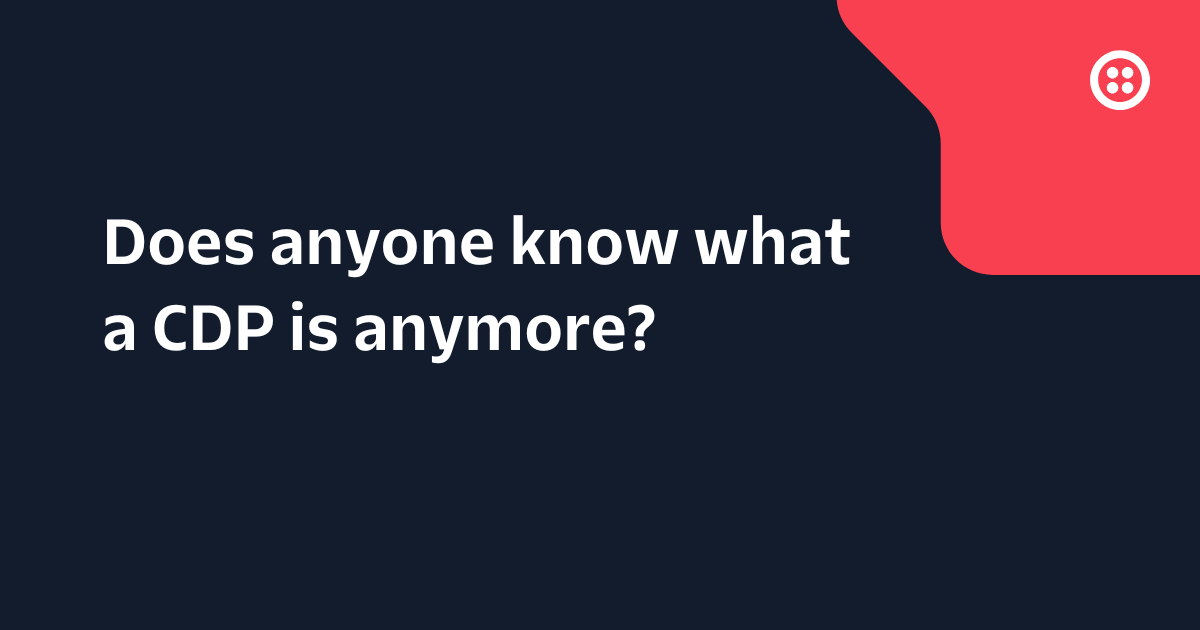The New Latency Report in Messaging Insights
Time to read: 2 minutes

2020 has brought unprecedented changes in the way businesses interact with their consumers. These changes forced businesses to stand up new use cases seemingly overnight, leading to a significant rise in digital communications. As we head into the end of the year, events like the U.S. Elections, Black Friday, and Cyber Monday make it more important than ever to deliver messages to end users at scale.
While Twilio allows customers to deliver messages globally at massive scale, the telecommunications world still has its finite limitations. Our focus continues to be removing those complexities while providing the right level of transparency so our customers can focus on creating truly differentiated experiences. So, we allow you to send as many message requests to Twilio as you’d like. When you send messages faster than your Twilio sender(s) can deliver them, those messages are queued on our platform, and delivered in order. But how do you monitor and manage queueing for large campaigns?
Today, we are excited to add the Latency Report to Messaging Insights, in public beta, for free! So, what does the Latency Report provide? It provides granular transparency into message deliverability for any scale of messaging campaign, allowing you to see how quickly your messages are being processed by the Twilio platform. Latency is calculated as the time on Twilio Platform (time taken by Twilio from receiving an API request to sending the message to carriers). It does not represent any downstream carrier related latency because Twilio doesn’t have full visibility into handset delivery. If you’ve ever wondered why a message took longer to deliver than expected, you now can see exactly what's happening. Within the Latency Report, you can analyze:
- Latency per message
- Messages that overflowed the queue
- Any limits applied to your Senders, Messaging Services, or at the Account-level

We also want to make it as easy as possible to guide you through what to do when you do identify issues. As you dive into the insights, you’ll notice modals that appear explaining what to do next based on the specific problem, allowing you to troubleshoot more efficiently by picking what level of latency you want to debug straight from the interface.

Twilio customers often comment about how complex the topics of Send Rate Limitations and Queueing limitations can get. To clarify these complexities, Twilio experts wrote an in-depth guide to building for scale available within our documentation.
With the Latency Report within Messaging Insights, you have more visibility and control into time-sensitive message sending than ever before. We can’t wait to see what you build!
Related Posts
Related Resources
Twilio Docs
From APIs to SDKs to sample apps
API reference documentation, SDKs, helper libraries, quickstarts, and tutorials for your language and platform.
Resource Center
The latest ebooks, industry reports, and webinars
Learn from customer engagement experts to improve your own communication.
Ahoy
Twilio's developer community hub
Best practices, code samples, and inspiration to build communications and digital engagement experiences.


